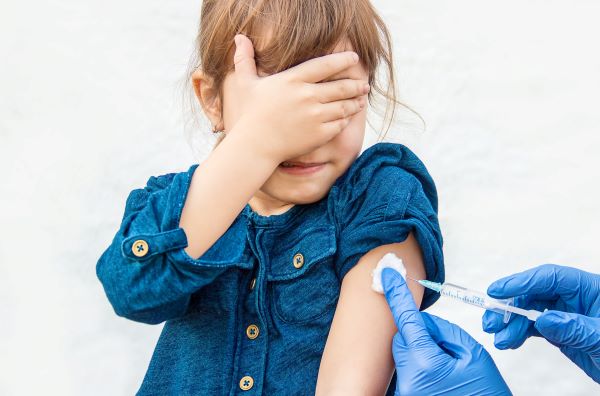Researchers have called for pilot manufacturing facilities to be constructed ‘at-risk’, to ensure this game-changing technology is ready for deployment before the next pandemic.
Needle-free vaccines could transform immunisation, but investment is needed to hasten their development and help protect against future pandemics. Without it, development is likely to languish, with the first licensed patches not available for another decade, researchers say.
Vaccine microarray patches (vaccine-MAPs), also known as microneedle patches, consist of microscopic projections that are applied to the body like a small bandage, painlessly penetrating the skin’s outermost layer to deliver a vaccine to the top layers of the skin.
They have the potential to overcome many of the logistical obstacles hindering vaccine deployment, ensuring these lifesaving interventions reach everyone, everywhere, as quickly as possible. Vaccine-MAPs could also ensure rapid deployment of protective vaccines in the event of future epidemics or pandemics.
Game-changing technology
As seen during the COVID-19 pandemic, bottlenecks can occur at various stages of the vaccine supply chain, from shortages of vaccine ingredients, packaging materials, and fill and finish facilities, to there being insufficient healthcare workers to deliver vaccines into people’s arms.
Vaccine-MAPs could ease pressure on many of these bottlenecks. Because they’re manufactured differently to traditional needle and syringe vaccines, there would be less competition for materials. They are also lighter than traditional vaccines, expected to be more stable at non-refrigerated temperatures, and easier to administer, simplifying their transportation and distribution – they could even be posted directly to clinics or people’s houses. Those who dislike needles may also be more willing to be vaccinated using a patch.
Recent modelling by US healthcare consultancy firm Avalere Health estimated that, in a pandemic scenario similar to COVID-19, even if only 10% vaccines were delivered via microarray patches, the burden of disease could be reduced by 35% percent and deaths by 30% in the US, while the global economic impact could be reduced by US$ 500 billion over two years.
Roadblocks to success
Although microarray patches have been in development for several decades, none have yet been approved by regulators – although the COVID-19 pandemic has reinvigorated interest and investment in the technology.
Source: GAVI

















